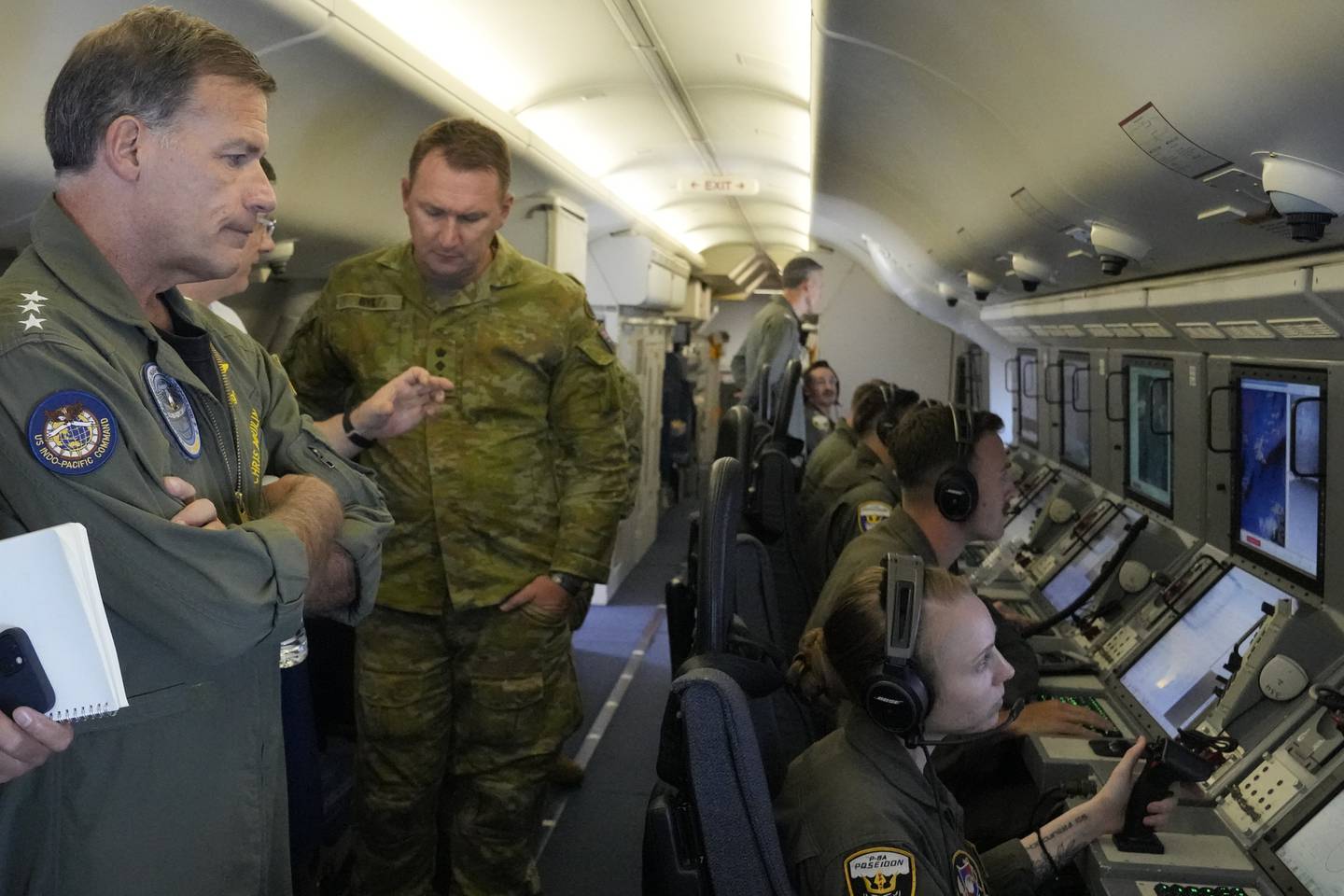WASHINGTON — The U.S. commander in the Indo-Pacific is interested in more widely experimenting with and deploying directed-energy weapons designed to zap electronics or incinerate incoming threats.
Navy Adm. John Aquilino, who leads the China-focused Indo-Pacific Command, on Aug. 28 said he is “certainly looking for asymmetric advantages†and that industry should “bring it.â€
“I’m very encouraged by the high-energy laser capability that’s being experimented with and utilized,†Aquilino said at the NDIA Emerging Technologies for Defense conference, held blocks from the White House in Washington. “There’s a few of them on a couple of our ships, to be able to blind, dazzle and kill.â€
The U.S. and other nations have for decades pursued directed-energy weapons, capable of taking out targets at the speed of light. The Pentagon for the past three years has spent an average $1 billion on development; it requested at least $669 million in fiscal 2023 for unclassified research, testing and evaluation and at least $345 million for unclassified procurement, according to the Congressional Research Service.
The weapons come mainly in two forms: high-energy laser and high-power microwave. The former focuses a beam or beams of energy to blind, cut or inflict heat damage on a target. The latter unleashes waves of energy that fry or overwhelm electronic components.

The Navy in the past adopted Lockheed Martin’s High Energy Laser with Integrated Optical-dazzler and Surveillance, or HELIOS, and the in-house Optical Dazzling Interdictor Navy, or ODIN, to tackle drones, small boats and intelligence-gathering systems. Both have been installed aboard destroyers.
Other services are tinkering with directed energy, as well. The Army in January tapped Epirus for prototypes of its high-power microwave kit known as Leonidas. The deal was worth $66 million. It also used Lockheed’s Mobile Radio Frequency-Integrated UAS Suppressor, or MORFIUS, to take out drones in a June demonstration.
“The key is about acceleration,†Aquilino said Monday. “If that capability exists, and we can deliver in 18 to 24 months, I’m ready to plug it in. I’m ready to experiment with it tomorrow. I’ve got the largest test range on the globe.â€
Aquilino’s remit includes China and North Korea, as well as allies Australia, Japan and South Korea. The Indo-Pacific is home to more than half the world’s population, some of its biggest ports and a handful of its largest militaries.
Colin Demarest was a reporter at C4ISRNET, where he covered military networks, cyber and IT. Colin had previously covered the Department of Energy and its National Nuclear Security Administration — namely Cold War cleanup and nuclear weapons development — for a daily newspaper in South Carolina. Colin is also an award-winning photographer.








